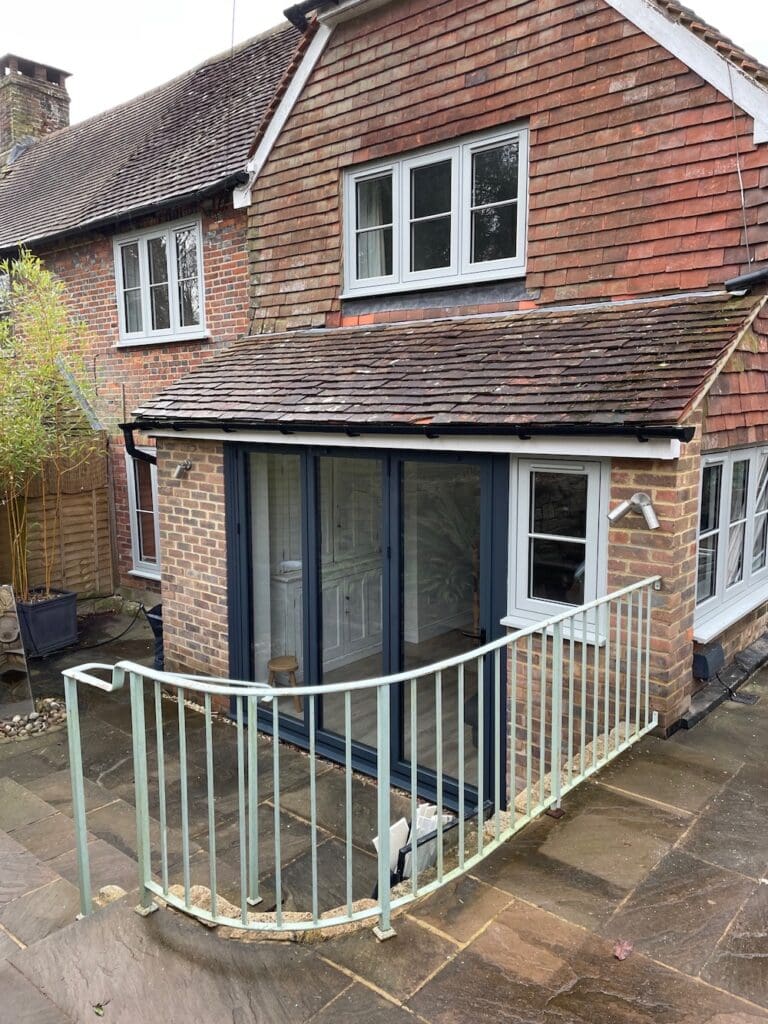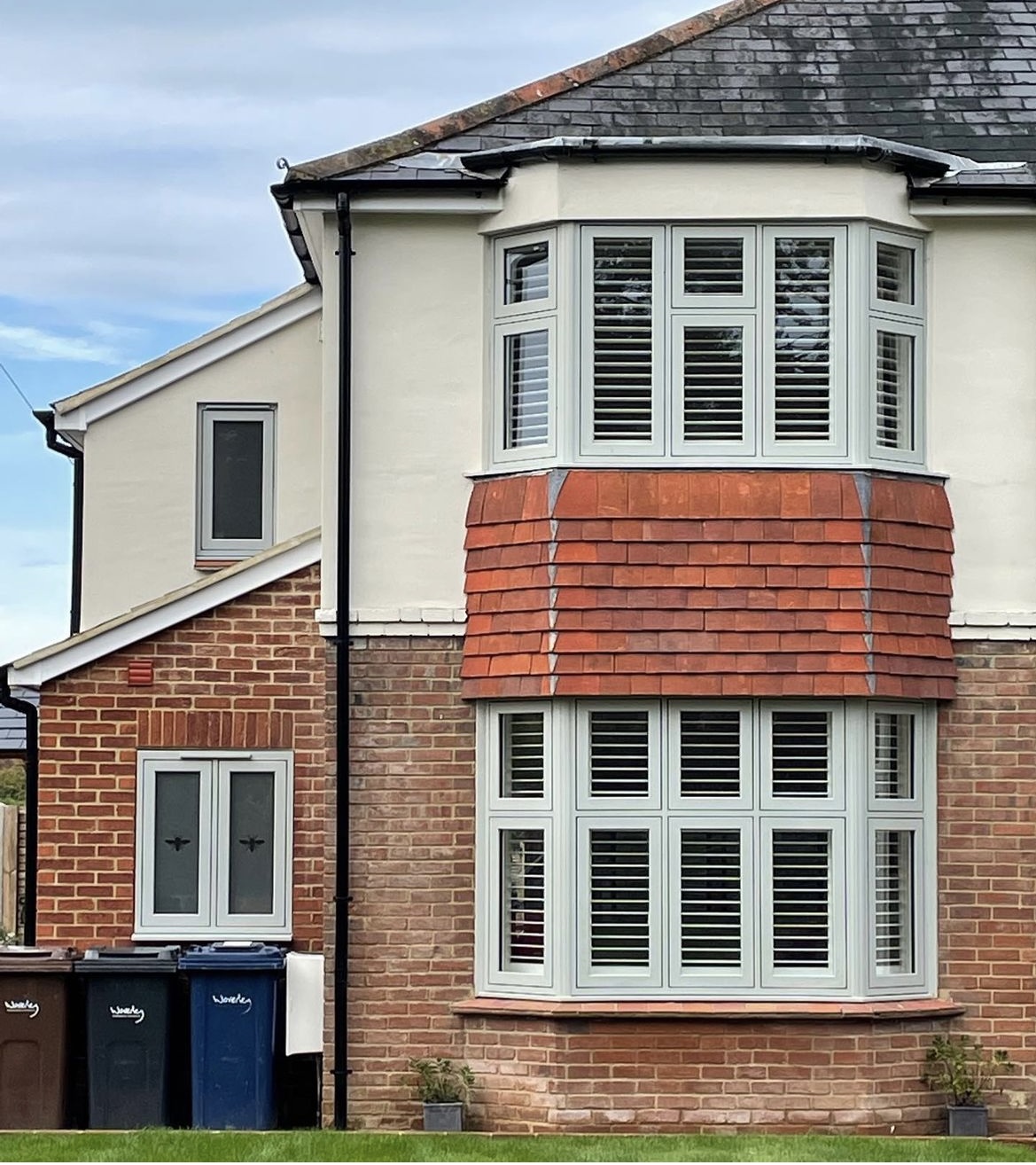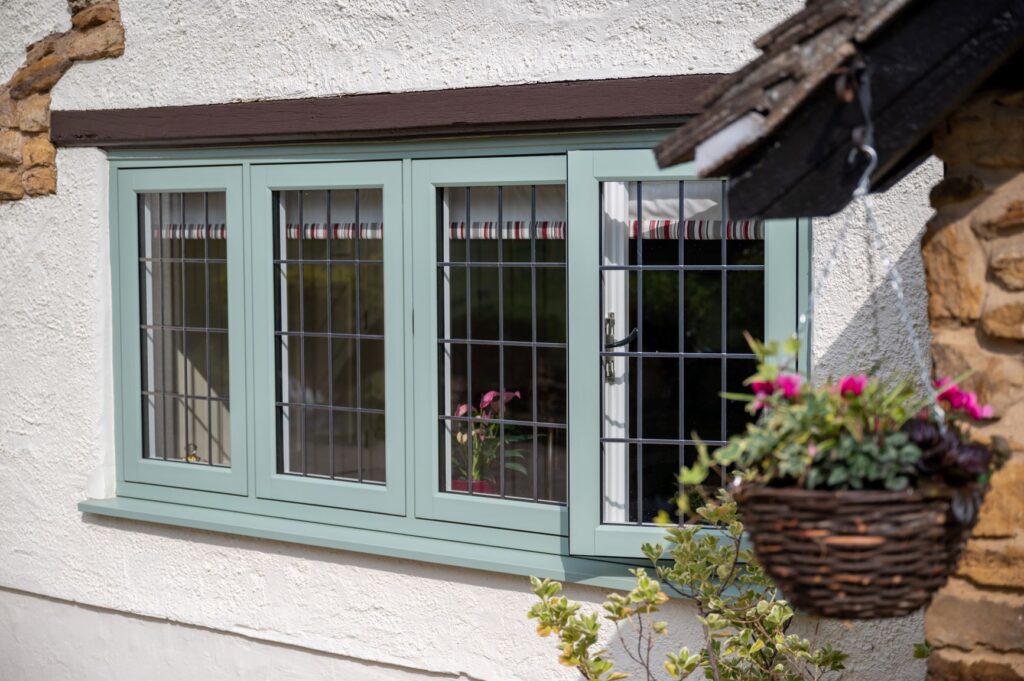When it comes to enhancing your home’s appeal and functionality, installing new windows and doors serves as a transformative project. You might be wondering, however, when and if planning permission is required, and when you can proceed without it.
In today’s post, we’re going to be exploring the scenarios where planning permission is necessary and when you can enjoy a hassle-free installation process.

When Planning Permission is Required:
-
Conservation Areas and Listed Buildings:
If your property is situated within a conservation area or is a listed building, you’ll likely need planning permission. These areas are protected to preserve their historical and architectural significance, making it essential to adhere to strict regulations.
-
Change in Window or Door Style:
Altering the style of your windows or doors may trigger the need for planning permission. E.g. if you’re switching from traditional to modern designs, or making significant changes to the appearance of the front elevation.
Whilst this isn’t often the case, it’s always worth checking—better to be safe than sorry. We’re not planning advisors, but with our decades of industry experience, we’ll be able to give you a good idea either way.
-
Increased Size of Openings:
Enlarging existing window or door openings, particularly if it affects the structural integrity of the building, may necessitate planning permission. Structural alterations should always be approached with caution and in compliance with local regulations.
-
Impact on Neighbours:
Will your proposed changes significantly affect the light, privacy, or overall appearance of neighbouring properties? E.g. if you’re building an extension, local authorities may require you to seek planning permission.
Being considerate of your neighbours’ concerns can help streamline the process. If this is the case, it’s likely you’re already working with an architect and they’ll be able to advise you on the correct procedure to follow.
When Planning Permission is Not Required:
-
Like-for-Like Replacement:
Replacing windows and doors with ones of a similar appearance and size typically falls under the “permitted development” category. This essentially means you can proceed without planning permission. This is especially true if the replacements maintain the overall character of the property.
-
Listed Building Consent:
While listed buildings generally require planning permission, some minor changes, such as repairs or replacement with matching materials, may fall under “Listed Building Consent.” This is not the same as planning permission but focuses on preserving the historical integrity of the structure.
-
Building Regulations Compliance:
Ensuring that your new windows and doors comply with building regulations is crucial.
While not the same as planning permission, meeting these standards is mandatory to guarantee safety, energy efficiency, and overall quality. You can rest assured that the windows and doors we install tick all three boxes!
Discover when you need planning permission for new windows and doors in the UK. Navigate regulations effortlessly with our comprehensive guide to hassle-free home upgrades.

